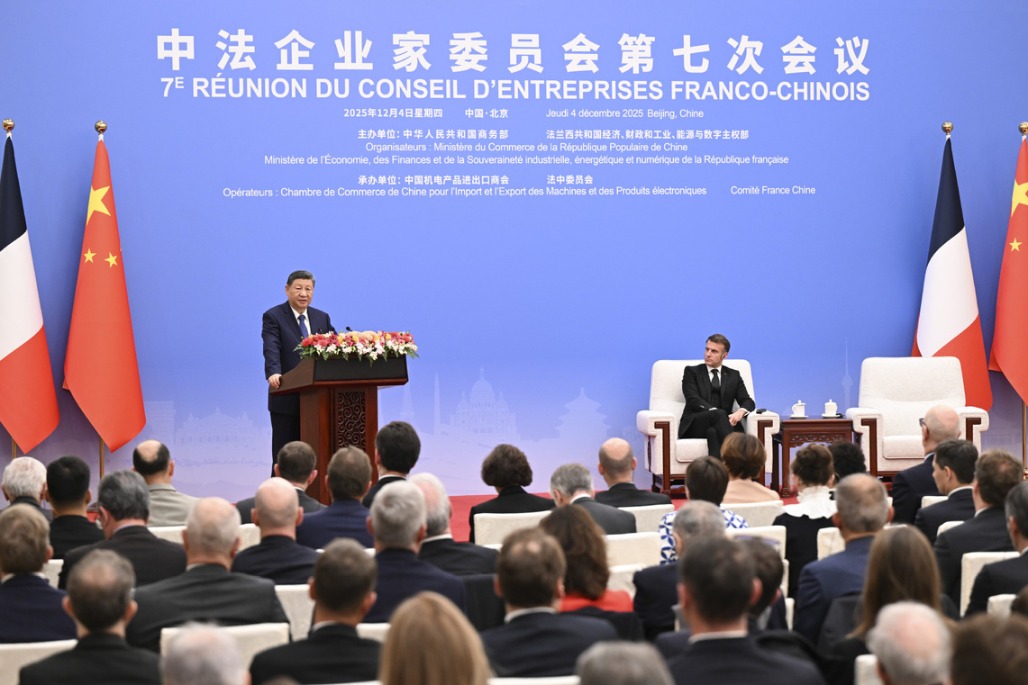Balanced growth of global economy high on working group's agenda
China Daily | Updated: 2024-09-23 07:40

The China-US Economic Working Group held its fifth meeting in Beijing last week. The regular and frequent exchanges between the economic departments of the two countries have sent positive signals that the two sides seek to stabilize their economic relations.
In particular, the two sides discussed the issue of imbalanced growth of the global economy. The United States has long made false accusations against China on that. The global economic imbalance originates from some countries' inability to balance the inflow and outflow of funds. Take the US economy as an example. The US is a consumer country with relatively little production, which leads to an imbalance in its capital flows. At the same time, as the US dollar is a global currency, the US needs to export dollars through trade or bonds to supply global transactions, which has complex impacts on the flow of funds in the country. In general, the global economic imbalance is caused by low savings and insufficient production in the US, and its high debt to support high spending. This is the US' own problem, but it is trying to pass the buck to China by hyping up issues such as China's so-called economic imbalance and overcapacity. China does not accept these irresponsible and false accusations.
The various tariff barriers established by the US against China cause a sharp rise in consumer prices in the US, and are likely to form a chain reaction around the world. The tariffs are also likely to boost a rebound of the inflation in the US.
The Federal Reserve cut interest rates by 50 basis points last week, indicating its judgment that the US economy is already at risk of recession, which will produce marked spillover effects in the world.
In addition to these topics, the two sides discussed the debt problem of some developing countries. In terms of debt relief, China has actively participated in the discussions in the G20, and has taken many practical actions in that regard. As the largest contributor to the G20 debt relief initiative, China accounts for more than 40 percent of the total global debt relief under the G20 framework.
In contrast, the largest creditors of many African countries are US lenders. Their already-high interest rates were further raised after the Fed's interest rate hike, plunging many less-developed economies deeper into a US-made debt trap. The Fed's interest rate cut also adds to the risks and uncertainties to their economy with the inflow of speculative funds in a short time. The US needs to do more to ease the debt problem of developing countries to help them smoothly weather fluctuations and risks.
-CHINA MEDIA GROUP
























